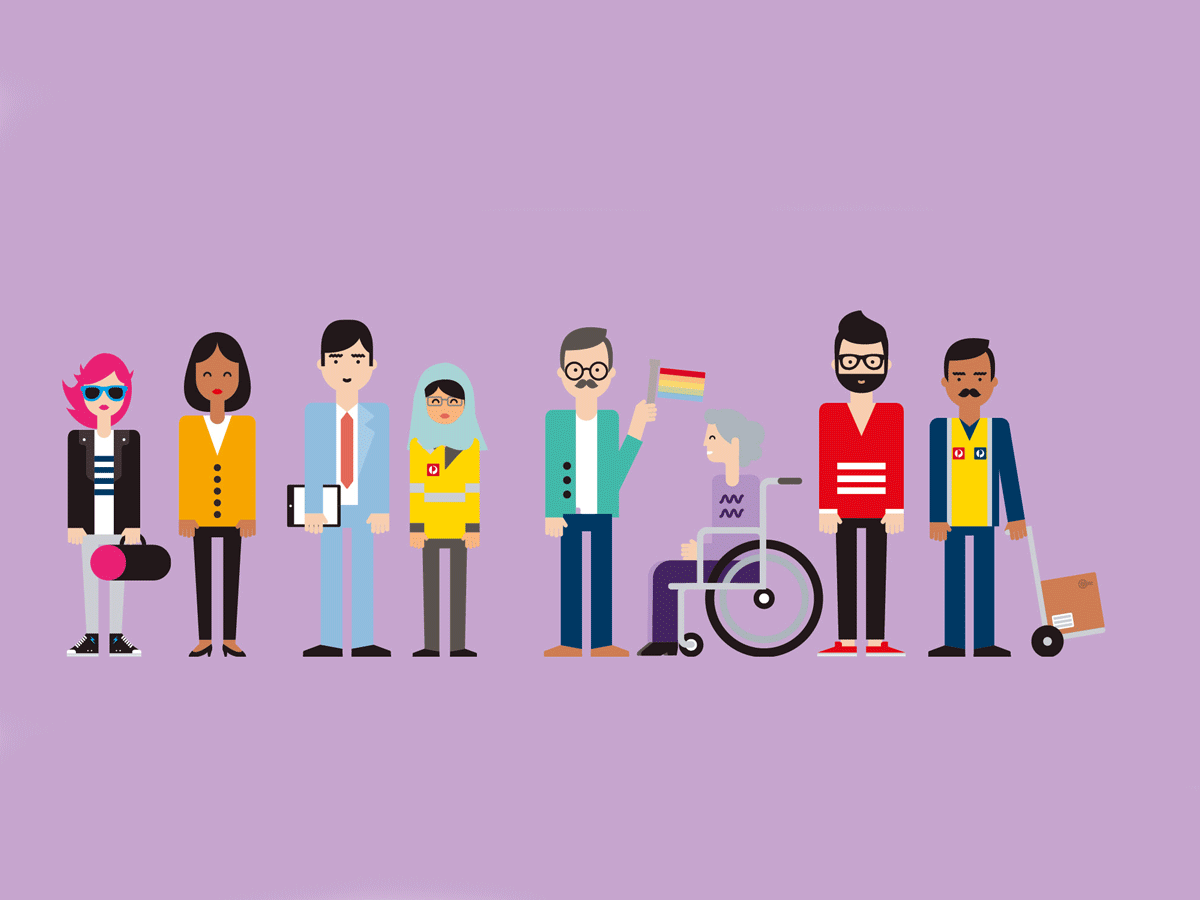
Creating Inclusive Smart Buildings for All Abilities
Introduction
Inclusive smart buildings are designed to cater to the needs of individuals with diverse abilities, ensuring that everyone can navigate, access, and utilize the space effectively. These buildings prioritize accessibility, convenience, and user-friendly features to create inclusive spaces for all. The significance of inclusive smart buildings lies in their ability to promote independence, inclusivity, and equal opportunities for individuals with disabilities.
Historical Background
Smart buildings have evolved over time to become more inclusive and accessible. Initially, smart buildings focused primarily on automation and energy efficiency. However, with advancements in technology and growing awareness about the importance of inclusivity, the concept of inclusive smart buildings emerged. In the past, creating accessible buildings posed significant challenges due to limited knowledge, resources, and regulations. However, advancements in inclusive design principles and the recognition of the rights of individuals with disabilities have paved the way for the development of inclusive smart buildings. Milestones such as the passage of the Americans with Disabilities Act (ADA) in 1990 have had a significant impact on ensuring accessibility and inclusivity in building designs.
Key Concepts and Definitions
Inclusive smart buildings encompass a range of concepts and definitions that are crucial to understanding their significance. Universal design, one such concept, focuses on creating environments that are usable by all individuals, regardless of their abilities. Assistive technology plays a vital role in inclusive smart buildings, providing tools and devices that enable individuals with disabilities to perform tasks and access information. Accessibility features in smart buildings encompass a wide range of design elements, including ramps, widened doorways, tactile cues, and braille signage. User-centered design ensures that the needs and preferences of individuals with disabilities are considered at every stage of the design process, resulting in inclusive spaces that cater to diverse abilities.

Main Discussion Points
Importance of physical accessibility in smart buildings
Physical accessibility is a fundamental aspect of inclusive smart buildings. Ramps, elevators, and widened doorways are essential for individuals with mobility impairments to navigate the building independently. Tactile cues, braille signage, and audible alerts are crucial for individuals with visual impairments to orient themselves within the space. Ensuring proper reach and maneuverability is essential for people with limited dexterity to interact with various elements of the building effectively.
Integration of assistive technologies in smart buildings
Assistive technologies play a pivotal role in enhancing accessibility and independence for individuals with disabilities. Smart devices and systems can be integrated into building designs to provide personalized assistance and accommodate diverse abilities. Voice assistants, smart lighting systems, and automated controls can be tailored to individual needs, making the building more accessible and convenient for all users. Customizable interfaces and personalized settings further enhance the user experience, allowing individuals to adapt the environment according to their specific requirements.
Sensory considerations for inclusive smart buildings
Creating inclusive environments for individuals with sensory sensitivities is essential in inclusive smart buildings. Controlling acoustics, lighting, and temperature levels can significantly impact the comfort and well-being of individuals with sensory sensitivities. Quiet zones, adjustable lighting levels, and temperature regulation allow individuals to personalize their surroundings based on their sensory needs. Incorporating calming and soothing elements, such as nature-inspired designs or relaxation spaces, can further enhance the inclusivity of smart buildings.

Case Studies or Examples
Real-world examples of inclusive smart buildings showcase the successful implementation of inclusive design principles in various settings. Commercial buildings, residential complexes, and educational institutions have embraced inclusive design to create spaces that cater to individuals with diverse abilities. These examples highlight the positive impact of inclusive smart buildings on the lives of individuals with disabilities, promoting independence, inclusivity, and equal opportunities for all.
Current Trends or Developments
Recent advancements in smart building technologies continue to enhance inclusivity. Innovations such as smart sensors, artificial intelligence, and data analytics provide valuable insights into enhancing accessibility and user experience. Research findings have demonstrated the numerous benefits of inclusive smart buildings for individuals with disabilities, including improved quality of life, increased independence, and enhanced productivity. Emerging trends, such as the integration of virtual reality and augmented reality, hold promise for further enhancing inclusivity in building design.
Challenges or Controversies
Retrofitting existing buildings to become inclusive smart buildings poses significant challenges. Limited resources, complex structural constraints, and compliance with regulations can make the process challenging. Additionally, differing viewpoints and controversies may arise regarding the cost-effectiveness and feasibility of inclusive design. Concerns related to privacy, data security, and potential misuse of smart technologies in inclusive spaces need to be addressed to ensure the ethical and responsible use of technology.

Future Outlook
The future implications of inclusive smart buildings for individuals with disabilities are promising. Advancements in technology are expected to further enhance inclusivity in building design. For instance, the integration of Internet of Things (IoT) devices and wearable technologies can provide personalized assistance and real-time information to individuals with disabilities. Continued research and collaboration among architects, designers, engineers, and individuals with disabilities are crucial to ensure ongoing improvements in creating inclusive spaces.
Conclusion
Inclusive smart buildings are transforming the built environment by prioritizing accessibility and inclusivity for individuals with disabilities. By incorporating universal design principles, assistive technologies, and sensory considerations, these buildings promote independence, equal opportunities, and enhanced quality of life for all abilities. Further exploration and implementation of inclusive design principles are necessary to create a more inclusive and accessible future.




